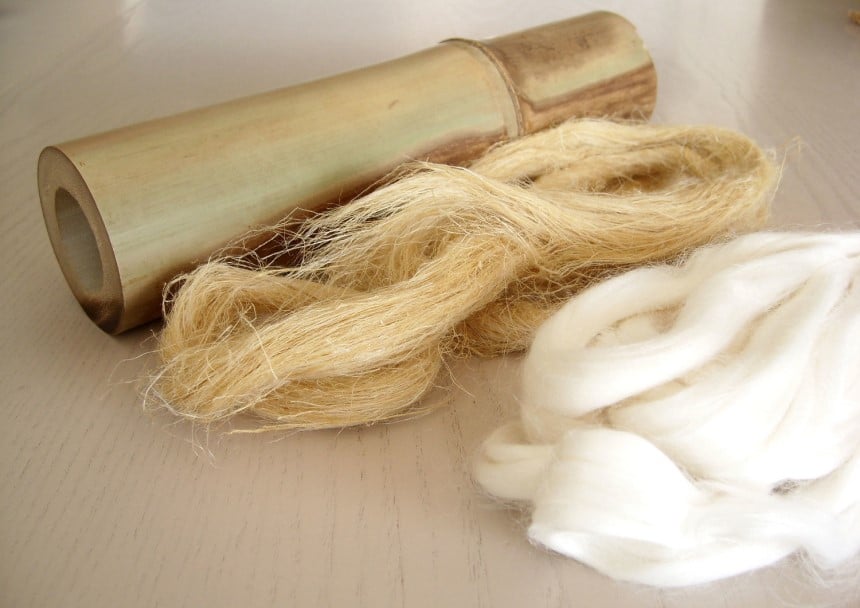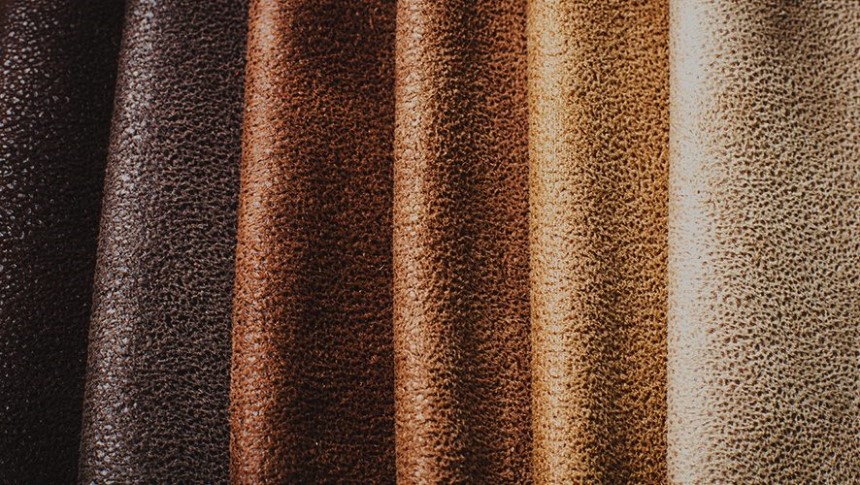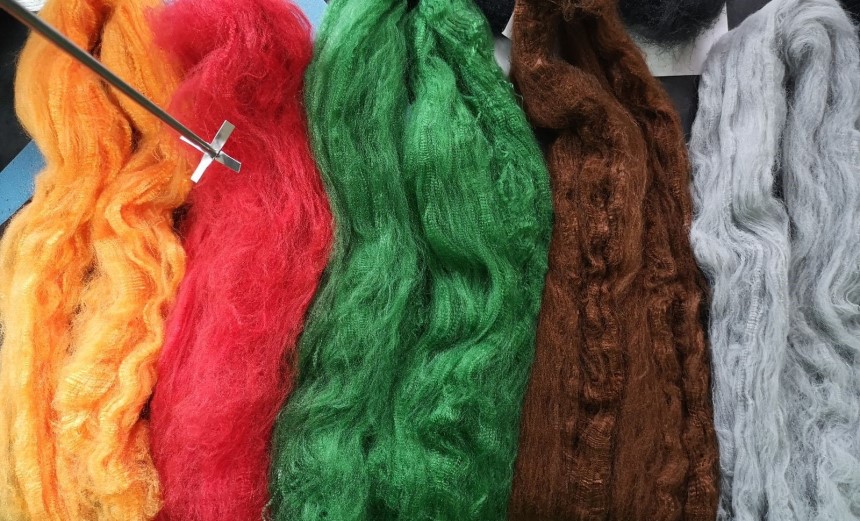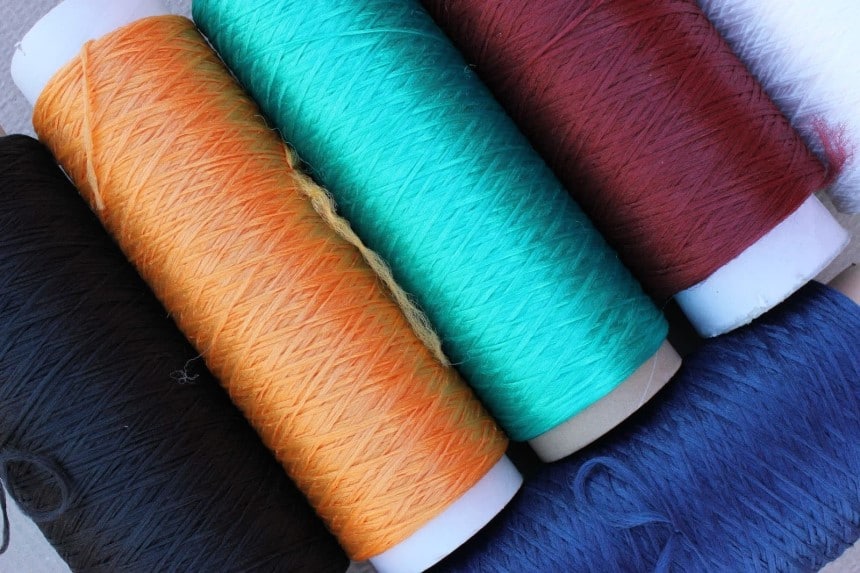

If you’re a fashionista, you’ll be familiar with textiles. But, so would you be if you’re working in the medical field, manufacturing weapons, or making toys. What are we talking about here? Textiles are materials used to make a wide range of clothing, bags, and even bedding. While textiles are used in the production of clothes, they’re not the same as fabrics. So, what are they really?
Textiles are flexible materials that can be used for carpeting and furniture upholstery. Read on to find out what textiles are, what they’re made of and how they’re made into the finished product you and we are familiar with.
To understand a textile definition we’re referring to a material that’s been constructed with interlacing fibers or threads, that can help to understand the use of each textile better. These fibers can be natural or man-made (synthetic).
Here are some interesting facts to learn about textile manufacturing:
Textiles can include a combination of natural and manufactured fibers and when interlocked together, these fibers result in a piece of cloth. Different materials or fibers from a variety of sources are used to make a type of textiles.
Natural fibers come from plant and animal sources. Man-made fibers, on the other hand, use a chemical process to produce synthetic material.
Natural
Plant and animal-based fibers are considered more eco-friendly because they’re biodegradable and renewable. They’re also more lightweight making them most suitable for a number of products such as parachutes and kites.
Through technology, natural textiles have been converted into fabric that can be used for clothing as well. Industrial sergers, also known as overlock machines, are perfect to use with natural-based textiles and are found in many clothing manufacturing factories.
 Plant-based fibers are most popular for being environmentally-friendly, making them less demanding on natural resources. Plant fiber from hemp and sisal are used to make rope while coconut fiber or coir is often used to make string, mats, mattresses, and even flour bags.
Plant-based fibers are most popular for being environmentally-friendly, making them less demanding on natural resources. Plant fiber from hemp and sisal are used to make rope while coconut fiber or coir is often used to make string, mats, mattresses, and even flour bags.
Here are other plant fiber types used to make textiles and their common uses:
When working with any of these textiles, especially in the clothing industry, make sure you use one of the best fabric cutting tables on the market. This piece of equipment ensures your textiles are cut precisely without damaging the surface you’re working on.
 Animal-based fibers are made from either skin, hair, or fur of animals and silk of the silkworms. Goats, sheep, camel, and rabbit fiber are the most popular sources of animal fiber for textiles because they’re soft. Fiber from animals such as pigs, cows, and horses are tougher resulting in a denser textile.
Animal-based fibers are made from either skin, hair, or fur of animals and silk of the silkworms. Goats, sheep, camel, and rabbit fiber are the most popular sources of animal fiber for textiles because they’re soft. Fiber from animals such as pigs, cows, and horses are tougher resulting in a denser textile.
Animal-based textiles include wool sourced from the hair of sheep and goats, and cashmere which is made from the hair fibers of the Indian Cashmere Goat. Angora is another type of wool sourced from the hair fibers of the North African Angora Goat. These textiles are often used to make warm clothes, coats, blankets and other garments that are used in lower temperature regions.
Silk textiles are woven from the silkworm’s cocoon fibers. Different types of silk textiles are produced from a variety of silkworms worldwide including the Chinese Silkworm and the Bombyx mori, a type of silk moth. They are also used for clothes, decorative household elements and other domestic purposes.
 Staple textile is determined by the length of the fiber used. The length is normally limited, practical, or finite and includes most natural fibers such as cotton, ramie, or wool. However, while silk is not classified as a staple fiber, its lengths can be cut up into shorter, staple fibers.
Staple textile is determined by the length of the fiber used. The length is normally limited, practical, or finite and includes most natural fibers such as cotton, ramie, or wool. However, while silk is not classified as a staple fiber, its lengths can be cut up into shorter, staple fibers.
Staple fibers are spun or twisted into longer lengths to make a continuous piece of yarn. They’re also used in their staple form to produced non-woven products such as felt. If you’re looking for a typical example of a product made with staple fibers, check out your carpets. When a carpet sheds small hair after being vacuumed you can be sure it’s been made with staple fibers.
 Filament fibers are those with indefinite or unlimited lengths. They’re also referred to as continuous fiber. Silk is a good example of a natural filament fiber but most are man-made or synthetic.
Filament fibers are those with indefinite or unlimited lengths. They’re also referred to as continuous fiber. Silk is a good example of a natural filament fiber but most are man-made or synthetic.
Artificial fibers are made up of chemical composition and any materials made with filament strands are strong, durable, and smooth. Textile floor products are most commonly made with filament fibers. This type of fiber is also most commonly used for manufacturing ropes, packaging materials, and summer fabrics.
Using the same example as above with carpets, the more luxurious and expensive carpet is most often made with filament fiber-based textiles.
Industrial sewing machines can be used when crafting items from textiles made with filament fibers. This type of machinery is ideal for heavy duty work such as camping tents, shoes, and sports equipment.
 Synthetic textiles are made with man-made fibers which are formed through a chemical process using gas, water, alcohol, and petroleum. While a cheaper textile, synthetic fibers can be toxic.
Synthetic textiles are made with man-made fibers which are formed through a chemical process using gas, water, alcohol, and petroleum. While a cheaper textile, synthetic fibers can be toxic.
Semi-synthetic textiles are made with natural fibers which undergo a chemical process. These fiber types include Promix, triacetate, and acetate Trusted Source Acetate - Wikipedia An acetate is a salt formed by the combination of acetic acid with a base (e.g. alkaline, earthy, metallic, nonmetallic or radical base). en.wikipedia.org .
It’s always a good idea to use one of the best upholstery sewing machines on the market when using synthetic textiles for furniture upholstery. These machines are designed to handle heavy-duty work using thicker fabrics. They’re versatile too, giving you better performance when working on upholstery projects.
Natural or synthetic raw fibers are woven together creating lengthy, twisted strips or yarn. The interlocking pattern of the yarn results in a piece of cloth. Different methods such as weaving, braiding, felting, bonding, and knitting yarn result in textiles. They can be used to make fabrics or on their own.
Fabrics are made the same way but materials that are used to make them are of greater range. There are more yarn connection types for fabrics production, as well as materials that can be used. Then you can make curtains, blankets, clothes and many other products.
Textiles are extremely versatile materials constructed with either natural or man-made fibers. They can also be made with a combination of the two main types of fibers. Textiles are used in a wide range of industries from fashion to medical, to flooring and construction.
Knowing what are textiles gives you an in-depth appreciation of what this material type can be used for and that it’s not limited only to the clothing industry. Textiles and their characteristics mean we can use them as they are or combined with a number of other materials to create a variety of useful products.
With textile-type material first constructed in the Paleolithic era Trusted Source Textile - Wikipedia A textile is a flexible material made by creating an interlocking network of yarns or threads, which are produced by spinning raw fibres (from either natural or synthetic sources) into long and twisted lengths. Textiles are then formed by weaving, knitting, crocheting, knotting, tatting, felting, bonding, or braiding these yarns together. en.wikipedia.org , we can be grateful for technology making textiles an accessible and useful product essential for many of our everyday functions.